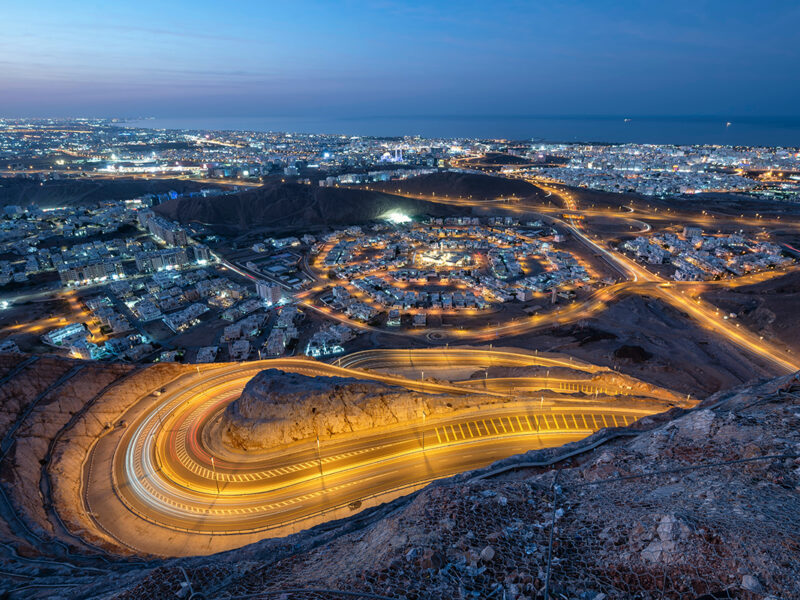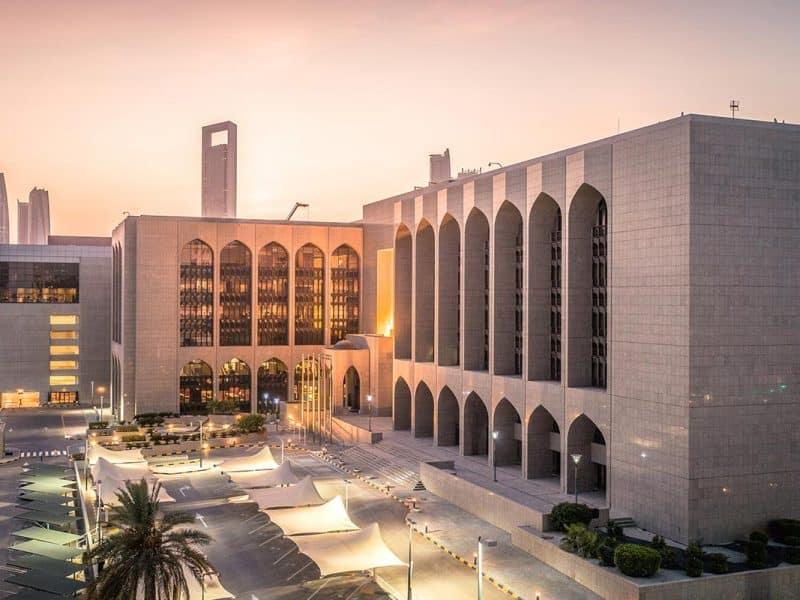A one metre or more increase in sea level is likely to inundate some parts of Ajman, Sharjah and Umm Al Quwain by end of the century, according to a new report.
In its “UAE Climate Change Risks & Resilience” report, Emirates Wildlife Society in association with World Wide Fund (EWS-WWF) said coastal cities are likely to be at increasing risk from sea level rise, storm surges and associated flooding.
Coastal areas house nearly 85 percent of the population of the UAE as well as many prestigious properties including hotels and resorts.
“Although the implications for the UAE (and elsewhere) are still very uncertain, sea level rise (SLR) of one metre or more by the end of the century is possible according to global and regional climate projections. This would inundate about 8.1 percent of Ajman, 1.2 percent of Sharjah and 5.9 percent of Umm Al-Quwain,” the report said.
Fujairah and the East coast will be more vulnerable to cyclones, storm surge than the West coast (where most industrial facilities are) and locations inside the Gulf, it added.
According to the report, Dubai’s urban area has almost tripled in less than two decades (1984-2003), with an artificial expansion of the city surface thanks to the Palm Islands and the World archipelago projects, making the share of built environment potentially exposed to inundation significant.
Similarly, Abu Dhabi is considered vulnerable to SLR as the city’s major developments and industrial infrastructure are built along the emirate’s islands.
There is also a risk that further urban development could occur close to natural flood plains and wadis, which are areas of natural water collection, as it is happening in many countries in the region, EWS-WWF said.
Climate change will worsen local environmental stresses caused by urbanisation. The “urban heat island effect” (where urban areas see higher night temperatures compared to more rural areas) is likely to become more severe as average climate conditions change.
“More frequent and/or intense precipitation events are likely to encounter a reduced ability of the soil to absorb water, compounded by insufficient building drainage, causing local flash flooding,” the report added.








